Name USS Barb (SS-220) Sponsored by Mrs. Charles A. Dunn Decommissioned 12 February 1947 Construction started 7 June 1941 Length 95 m | Laid down 7 June 1941 Commissioned 8 July 1942 Recommissioned 3 December 1951 Launched 2 April 1942 | |
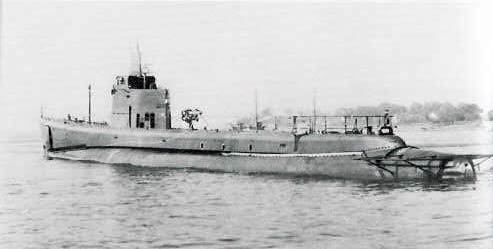 | ||
Builder | ||
USS Barb (SS-220), a Gato-class submarine, was the first ship of the United States Navy to be named for the barbus. The craft compiled one of the most outstanding US-submarine records of World War II. During the seven war patrols she conducted in the Pacific between March 1944-August 1945, Barb is officially credited with sinking 17 enemy vessels totaling 96,628 tons, including the Japanese aircraft carrier Unyo. In recognition of one outstanding patrol, Commander Eugene Fluckey was awarded the Medal of Honor and Barb received the Presidential Unit Citation. On the sub's 12th and final patrol of the war, Barb landed a party of carefully selected crew members who blew up a railroad train. This is notable as the only ground combat operation that took place on the Japanese home islands.
Contents
- World War II
- European Theater First through fifth patrols
- Pacific Theater Sixth through thirteenth patrols
- Post War
- Italian Navy service history
- Awards
- Legacy
- References

World War II
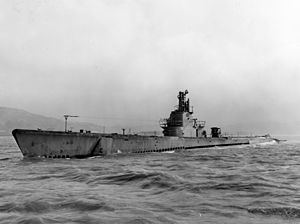
The keel of the USS Barb was laid down on 7 June 1941 by the Electric Boat Company of Groton, Connecticut. She was launched on 2 April 1942 (sponsored by Mrs. Charles A. Dunn, wife of Rear Admiral Dunn), and commissioned on 8 July 1942, Lieutenant Commander John R. Waterman in command.
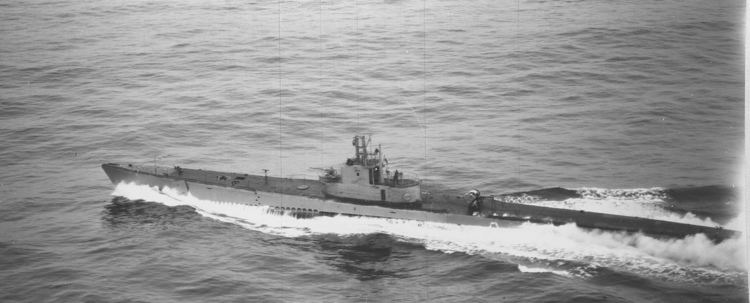
Barb's war operations spanned the period from 20 October 1942 – 2 August 1945, during which time she completed 12 war patrols.
European Theater - First through fifth patrols
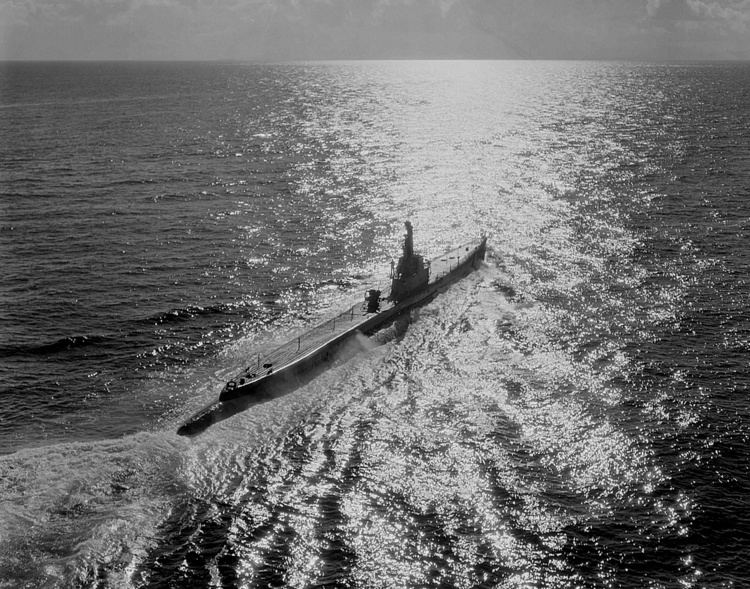
During her first patrol she carried out reconnaissance duties prior to, and during, the invasion of North Africa. Operating out of Rosneath, Scotland until July 1943, she conducted her next four patrols against the Axis blockade runners in European waters. Barb's fifth patrol terminated 1 July and she proceeded to the Submarine Base, New London, Connecticut, arriving on 24 July.
Pacific Theater - Sixth through thirteenth patrols
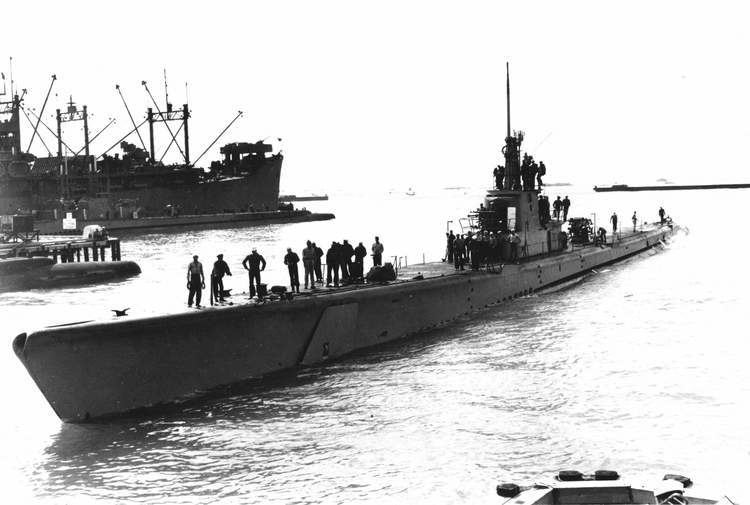
Following a brief overhaul period at New London, Barb departed for Pearl Harbor where she arrived in September. It was in the Pacific waters that Barb found lucrative hunting and went on to compile one of the outstanding submarine records of World War II. During the seven war patrols she conducted in the Pacific between March 1944-August 1945, Barb is officially credited with sinking 17 enemy vessels totaling 96,628 tons, including Unyo, sunk on 17 September 1944. On 15–16 September Barb had rescued 14 Australian and British POW survivors of the SS Rakuyō Maru.
The last two war patrols conducted by Barb deserve mention. Under Commander Eugene B. Fluckey, her 11th patrol lasted from 19 December 1944 – 15 February 1945, in the Formosa Straits and East China Sea off the east coast of China, from Shanghai to Kam Kit. During this patrol, Barb sank four Japanese merchant ships and numerous enemy small craft. On 22–23 January Barb penetrated Namkwan Harbor on the China coast, opposite the Matsu Islands, and wrought havoc upon a convoy of some 30 enemy ships at anchor. Maneuvering in dangerously shallow waters, Barb launched her torpedoes into the enemy group and then retired at high speed on the surface in a full hour’s run through uncharted, heavily mined, and rock-obstructed waters. In recognition of this outstanding patrol, Commander Fluckey was awarded the Medal of Honor and Barb received the Presidential Unit Citation.
Upon completion of her 11th patrol, Barb was sent to the U.S. for a yard overhaul and alterations, which included the installation of 5 in (130 mm) rocket launchers at the Captain's request. Returning to the Pacific, she commenced her 12th and final patrol on 8 June. This patrol was conducted along the coasts of the Sea of Okhotsk. For the first time in U.S. submarine warfare, Barb successfully employed rockets, against the towns of Shari, Hokkaido; Shikuka, Kashiho; and Shiritoru on Karafuto. She also bombarded the town of Kaihyo To with her regular armament, destroying 60 percent of the town. She next landed a party of carefully selected crew members who blew up a railroad train. During the night of 22–23 July 1945 these men went ashore at Karafuto, Japan, and planted an explosive charge that subsequently wrecked a train. They were: Chief Gunners Mate Paul G. Saunders, USN; Electricians Mate 3rd Class Billy R. Hatfield, USNR; Signalman 2nd Class Francis Neal Sever, USNR; Ships Cook 1st Class Lawrence W. Newland, USN; Torpedomans Mate 3rd Class Edward W. Klingesmith, USNR; Motor Machinists Mate 2nd Class James E. Richard, USN; Motor Machinists Mate 1st Class John Markuson, USN; and Lieutenant William M. Walker, USNR. This raid is represented by the train symbol in the middle bottom of the battle flag.
Post-War
Returning to the United States after the cessation of hostilities, Barb was placed in commission in reserve on 9 March 1946 and out of commission in reserve on 12 February 1947 at New London, Connecticut. On 3 December 1951, she was recommissioned and assigned to the Atlantic Fleet, operating out of Key West, Florida. She was placed out of commission on 5 February 1954 and underwent the Greater Underwater Propulsion Power Program (GUPPY) conversion. Recommissioned on 3 August 1954, she served with the Atlantic Fleet until 13 December 1954, when she was decommissioned and loaned to Italy under the Mutual Defense Assistance Program.
Italian Navy service history
The submarine was renamed Enrico Tazzoli (S-511) by the Italian Navy, after Enrico Tazzoli.
The submarine was eventually sold for scrap in 1972 for approximately $100,000 (currently $573,000). Admiral Fluckey noted that had the crew known of this, they would have bought the sub and brought her back to the United States to serve as a museum ship.
Awards
Legacy
Barb's battle flag is on display at the Submarine Force Library and Museum in Groton, Connecticut.
